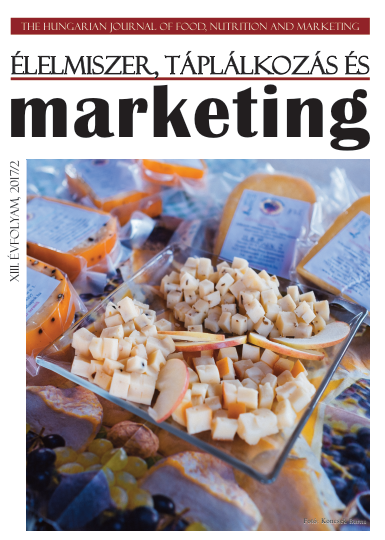Az érzékszervek hatása a borvásárlásra és -fogyasztásra
DOI:
https://doi.org/10.33567/etm.2233Kulcsszavak:
bor, sensory, consumption, purchase, vision, wineAbsztrakt
Interest in wine has grown in the recent decades. The examination of consumer behavior has become more and more important in countries with highly-developed wine cultures, which is a result of the developing market, the expending supply, the strengthening competition as well as the diverse demands (Hoffmeister & Totth, 2004). Similarly to food consumption, wine consumption is also influenced by several factors. The purchasing decision is influenced by biological, economic, demographic, psychological, social and cultural factors. Sensory marketing is related to the biological factors from the factors in the above because it focuses on sensation and sensory perception (Lehota, 2001). Seeing is the most intensive among our sensory organs, as we perceive 80% of the information from the world with our eyes. With the help of this we can recognize possible changes in the appearance of a product; we perceive the different design, colors, packaging, forms and materials. Thus, appearance is the most significant element of sensory marketing. When the appearance of a product is appealing, it will be able to satisfy functional as well as emotional needs (Tóbiás, 2010). The complex experience provided by wine consumption is triggered by the simultaneous interaction of several sensory organs (Becker & Izsó, 2011). In our primary research we examined the role of the elements of sensory marketing in wine purchasing and consumption habits. In our focus group interviews we discussed participants’ wine purchasing and consumption habits and the factors influencing purchase. Finally, we examined the effects triggered by sensory organs with the help of wine tastings.
Letöltések
Megjelent
Folyóirat szám
Rovat
License
Copyright (c) 2019 Élelmiszer, Táplálkozás és Marketing

This work is licensed under a Creative Commons Attribution-NonCommercial-NoDerivatives 4.0 International License.



